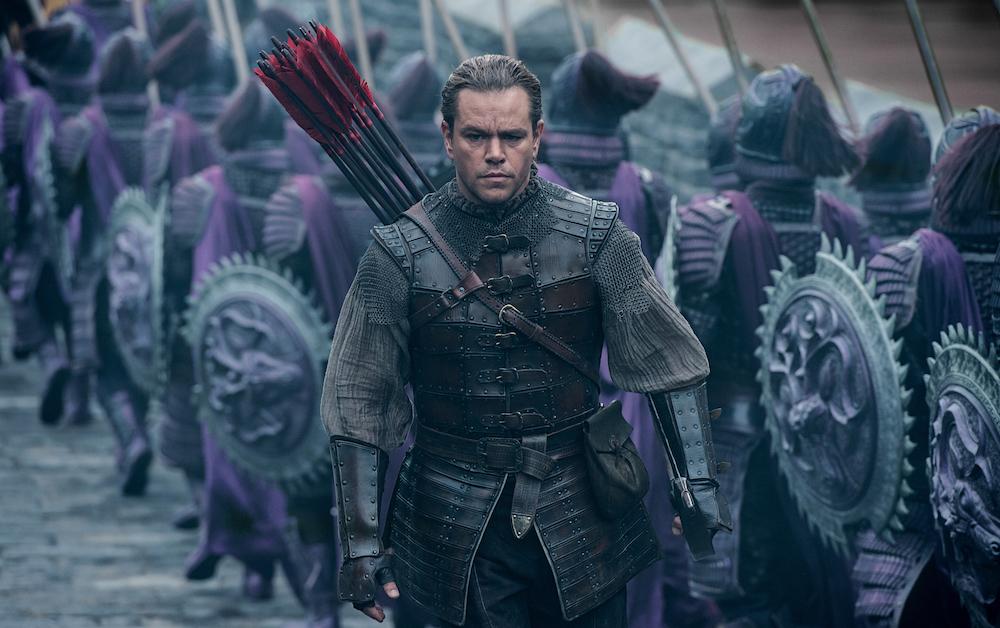By Eliana Tallarida, news correspondent
As issues of racism and feminism sweep the Hollywood movie circuit, “The Great Wall” is no exception to national criticism even before its premiere.
With the announcement of Matt Damon as the lead in a movie about the Great Wall of China set to premiere on Feb. 17, the movie was already set up for a smattering of bad press. While Damon did not actually play the role of an Asian character, he played a white character who essentially comes to China and saves the day. The film is not as blatantly racist as the media had prepared future audiences to believe, but it does present a white male hero complex that is ultimately more irritating than endearing.
The storyline starts off with two men on a quest to find black powder, who end up prisoners of a military group called the Nameless Order created specifically to battle a creature called the Taotei and keep the creatures from taking over China. Commander Lin (played by Jing Tian) and General Shao (played by Hanyu Zhang) end up asking William to join them in fighting the Taotei, thus cementing the plot’s reiteration of bloody sieges and violent explosions.
Although the battle scenes were admittedly impressive in 3-D, the Computer Generated Imagery creatures and occasional explosions thinly veiled the fact that the screenplay lacked a punch and the plot was a typical “hero’s journey” saga. In one scene, Damon and Tian’s characters discuss their reasons for fighting and Damon describes himself as a mercenary who fights for food and survival while Tian describes herself as a warrior for the safety of humanity. The phrase “xin ren” is used frequently to describe the honor between the warriors of the Nameless Order, a concept that Damon immediately disregards, until, upon observing the Nameless Order struggling to fight off the Taotei, he assumes the role of hero.
On the other hand, the opening battle scenes are gloriously brilliant in the sense that the director, Zhang Yimou, created a scene sequence of each group of the Nameless Order dressed in impressive armor, executing their duties. From female warriors diving down the Great Wall, their blue capes billowing behind them, to strong-yet-stoic male warriors aiming their flaming red bows at the enemy, the preparation scenes were captivating.
Credit also must be given to Lin, the film’s lead female character. In a sea of films where the female character is weak, saved by a man or falls in love with her male counterpart, Lin defies the stereotypes and comes out on top. In the final scenes, where Damon’s character fails to kill the Taotei queen with two shots of an arrow, Lin succeeds with just one shot. Lin continuously exudes strength and determination in the film and ultimately becomes one of its biggest highlights. It is ultimately a relief in the final scenes when Damon and Tian’s character show slightly obvious sexual tension, but do not act on it, thereby saving the plot from becoming even more conventional than it already was.
For having a predestined reputation as a racist, insensitive film displaying a white man as the centerpiece while showcasing the rich history of China and the Great Wall, the film was less culturally offensive and oblivious than one would expect. Besides the slight white savior complex qualities present through Damon’s coaching of the Nameless Order in battle technique, the film does allow for strong, interesting female roles that are currently scarce in the film world. The movie, and its casting of Damon as the lead, did the best it could considering the screenplay centered itself around a white man’s hero complex helping him to save the Chinese Empire even though the empire was doing just fine on its own.
Photo courtesy Getty Images









